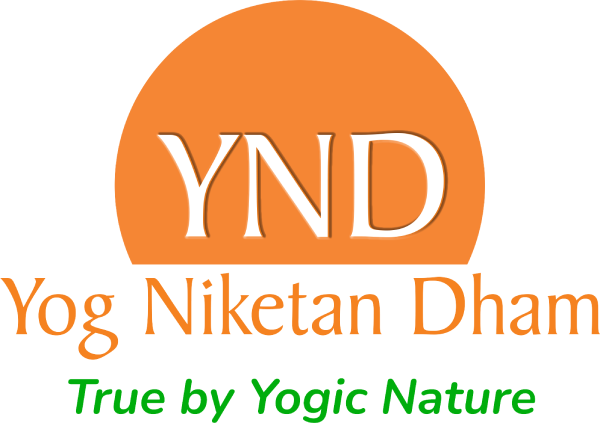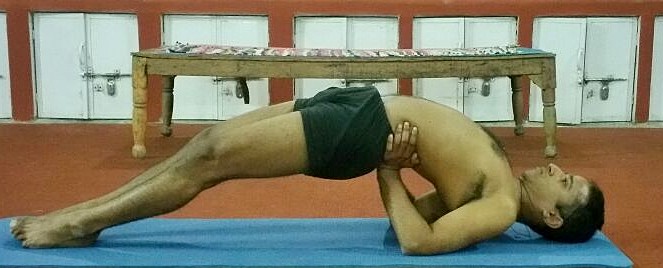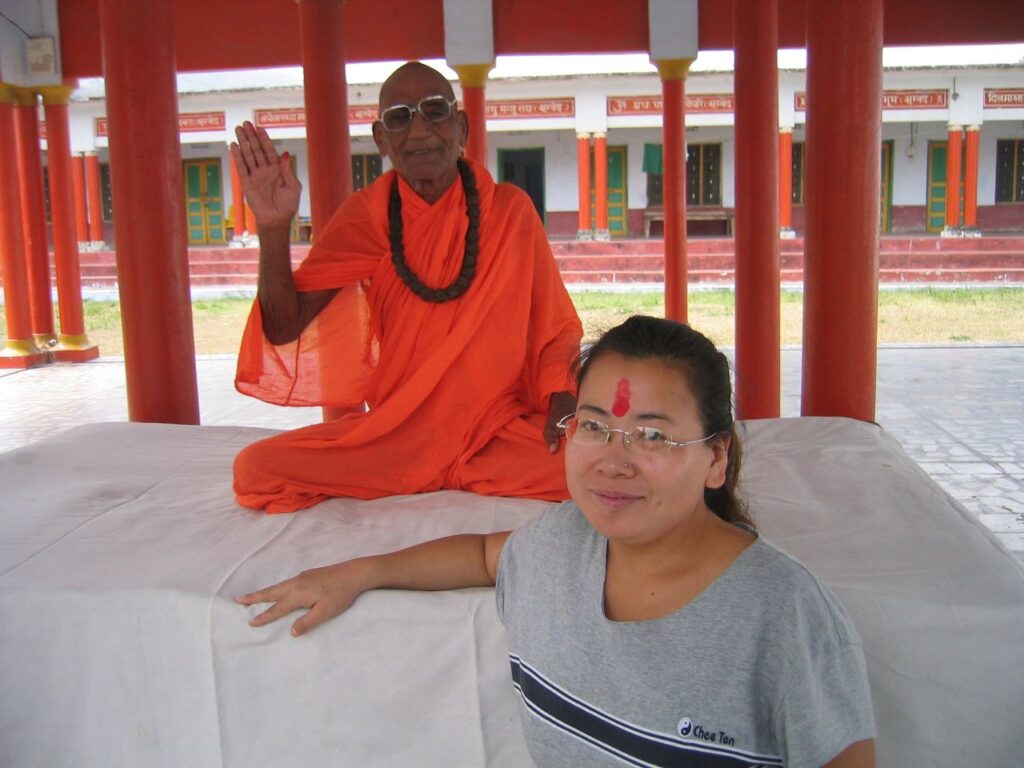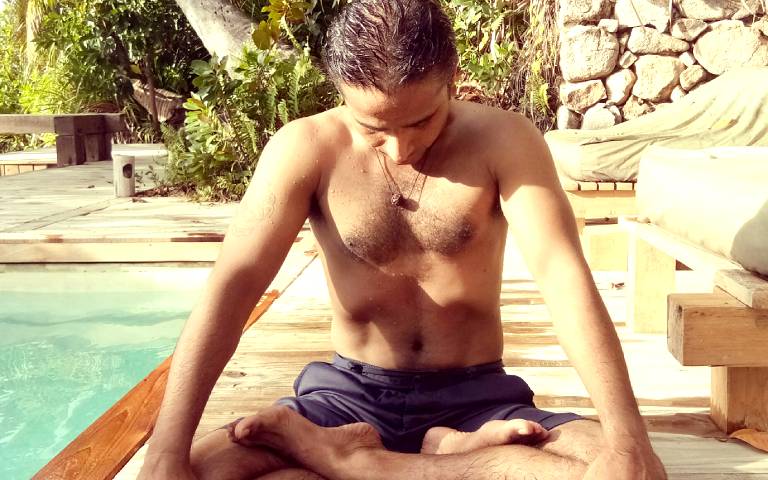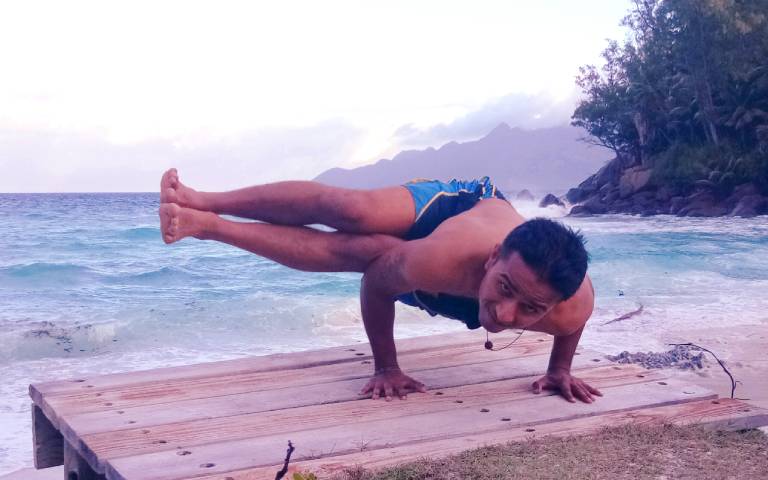The 5 Best Yoga Poses for Lower Back Pain and Sciatica Pain.
Yoga provides a fantastic platform for working on lower back problems. Yoga poses for lower back pain provide stability, strength, endurance, and movements in the target areas. According to Patanjali Yogasutra, Yoga asanas or poses are defined as Sthira Sukham Asanam.” It means any posture in which the body is stable and comfortable is called an asana. […]
